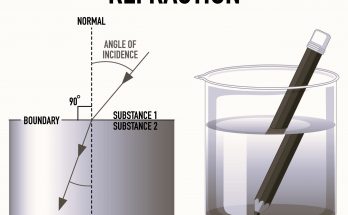Short note on Plastids
Plastids Definition :
Plastids are two-layered membrane-bound organelle found in the cells of plants which are involved in the synthesis and storage of food. They are usually absent in animal cells and consist of their own DNA and ribosome and are having the ability to divide.
Discovery:
Plastids were discovered by E. Haeckel.
Types of Plastids:
Based on the structure, morphology, and color of plastids, they can be divided into the following types.
- Chloroplasts
- Chromoplasts
- Gerontoplasts
- Leucoplasts
Plastid Diagram

Structure:
- Every kind of plastid is surrounded by two-unit membranes.
- An outer and inner of 7 nm thick membranes which are separated by a Periplastidial space of 8-10 nm thick.
- Chloroplasts are completely filled with a liquid called stroma.
Functions:
- Site of production.
- Plays a critical role in photosynthesis.
- Stores starch and can integrate unsaturated fats and terpenes as well.
- Site for assembling and stockpiling of significant substance compounds.
- Help to trap the daylight.
Also Check – 10 Difference between Mitochondria and Plastids
Also Check – Parts of Plant Cell – Location , Structure and Functions
Also Check – 8 Important Differences Between Plant Cell and Animal Cell for Class 9
Also Check – What are the Adaptations of leaf for Photosynthesis



3 Comments on “Write a Short note on Plastids”